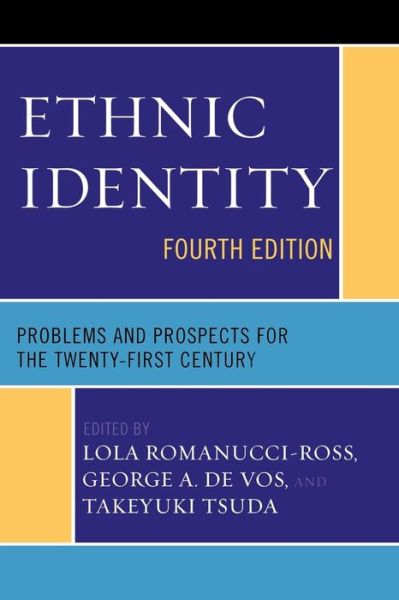Abuse of Modernity: Japanese Biological Determinism and Identity Management in Colonial KoreaPosted in Articles, Asian Diaspora, Health/Medicine/Genetics, History, Media Archive on 2014-04-21 01:24Z by Steven |
Abuse of Modernity: Japanese Biological Determinism and Identity Management in Colonial Korea
Cross-Currents: East Asian History and Culture Review
Number 10, March 2014
26 pages
Mark Caprio
Rikkyo University, Ikebukuro, Tokyo, Japan
Medical researcher Kubo Takeshi’s contributions to professional publications, such as Chōsen igakkai zasshi (The Korean medical journal), and more popular magazines, such as Chōsen oyobi Manshū (Korea and Manchuria), reflected many of the prejudicial attitudes that Japanese held toward Koreans during the first decade of colonial rule. His scholarship was based on biological determinist thinking, an approach developed by eighteenth-century European medical researchers to establish race, class, and gender hierarchies. For Kubo this approach provided a means for exploiting scientific inquiry to establish and manage Japanese superiority over Korean subjects in a more stable manner than one based on more malleable cultural differences. A people could adjust its customs or mannerisms to amalgamate with a suzerain culture but could not do so with hereditarily determined features, such as blood type or cranium size, shape, or weight. Practitioners, however, often linked the physical with the cultural by arguing that a people’s physical structure was a product of its cultural heritage. The subjectivity injected into this seemingly objective research methodology abused the lay community’s blind trust in modern science in two ways. First, it employed this inquiry to verify biased observations, rather than to uncover new truths; second, it altered the approach, rather than the conclusions, when this inquiry demonstrated the desired truths to be inaccurate. Biological determinism proved useful in substantiating a Japanese-Korean colonial relationship that acknowledged historically similar origins while arguing for the historically different evolutions of the two peoples.
Read the entire article here.

